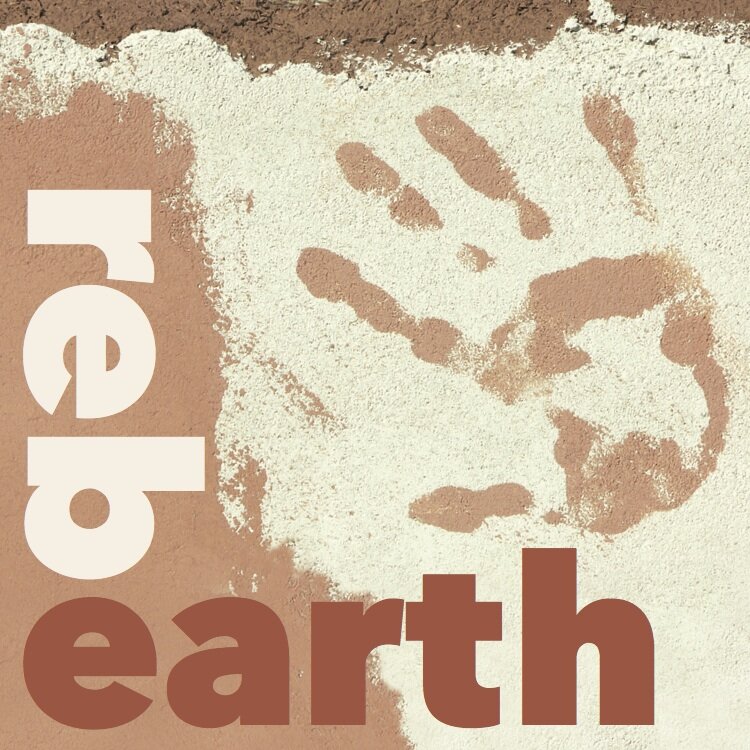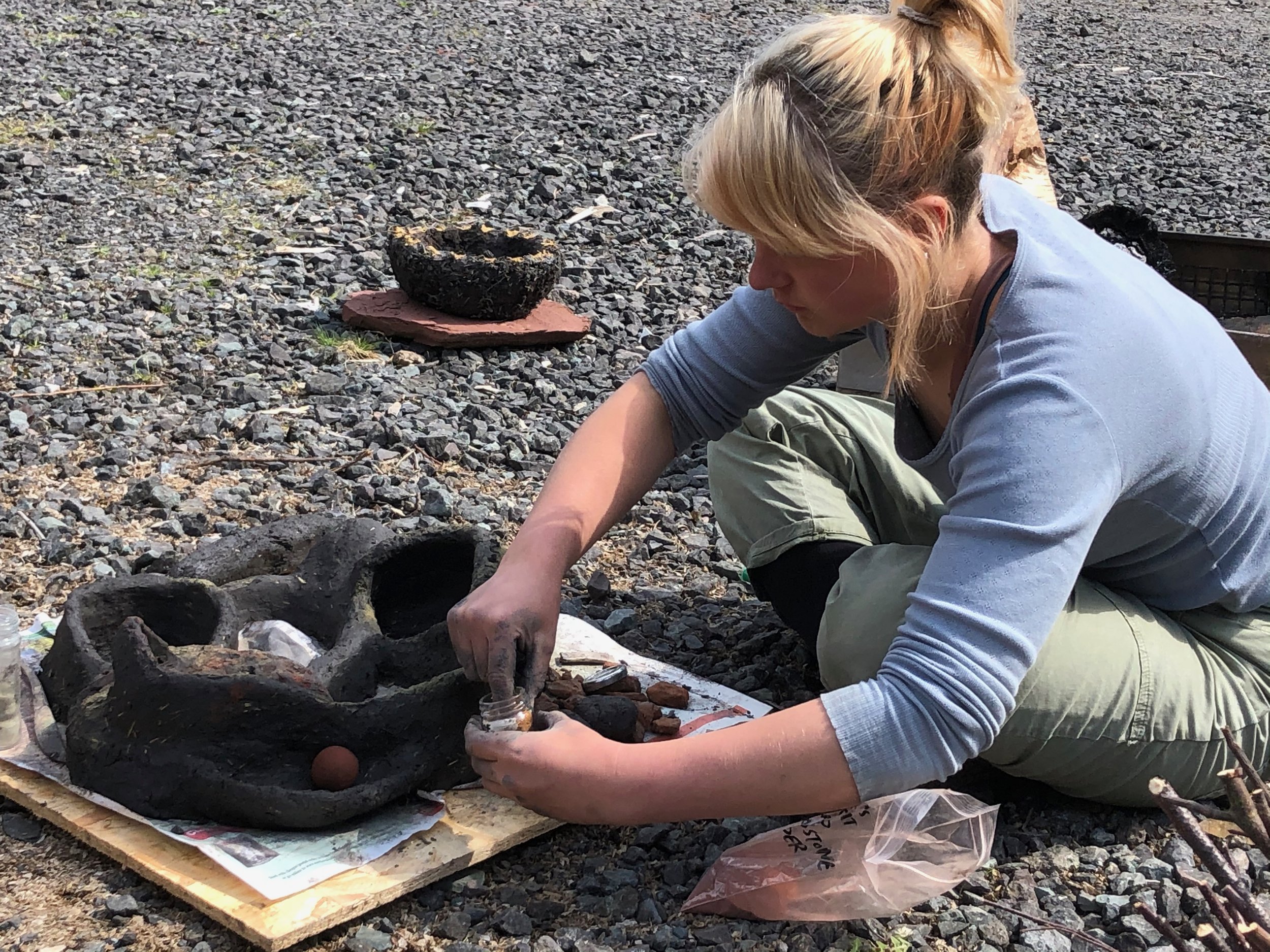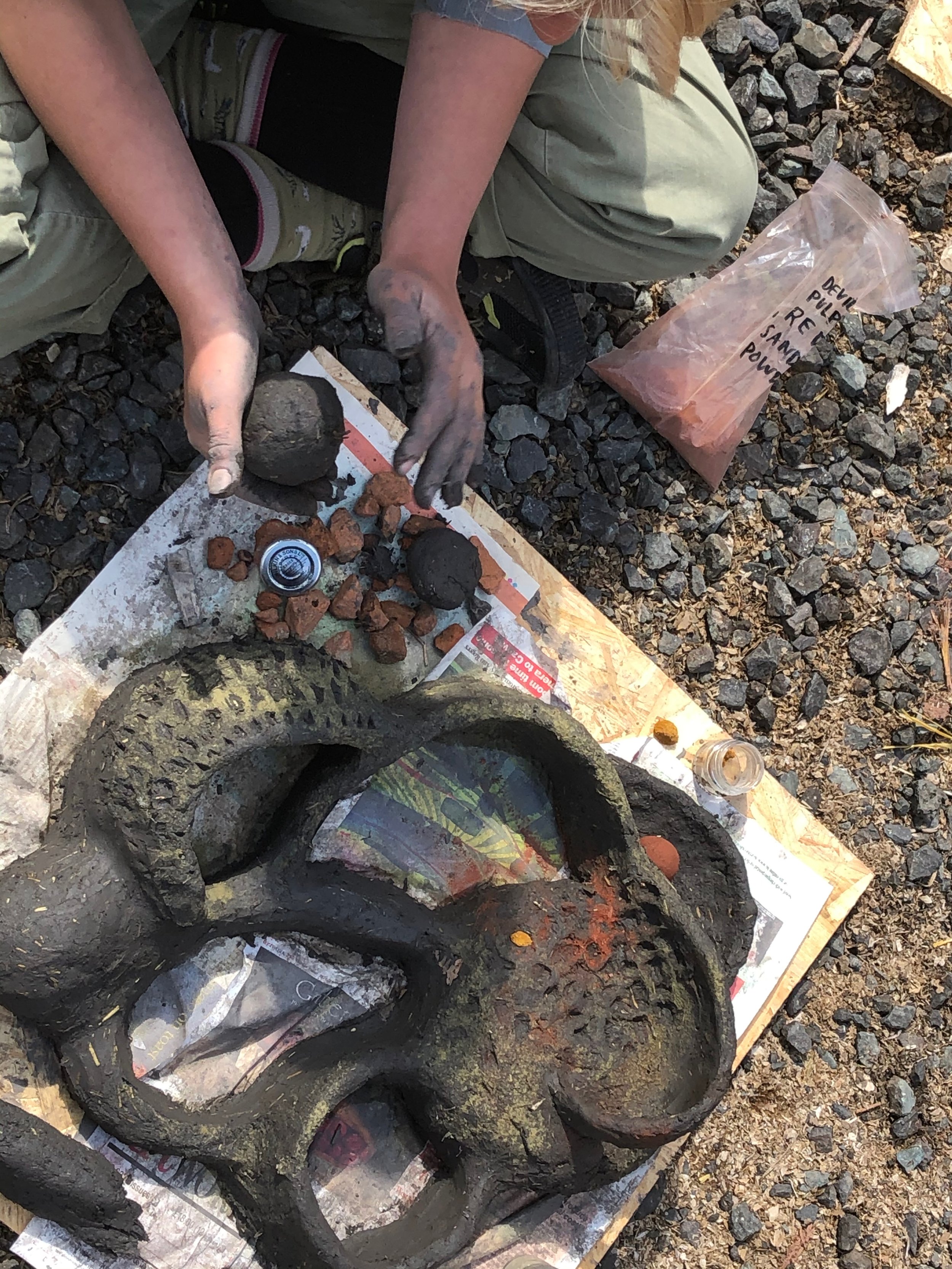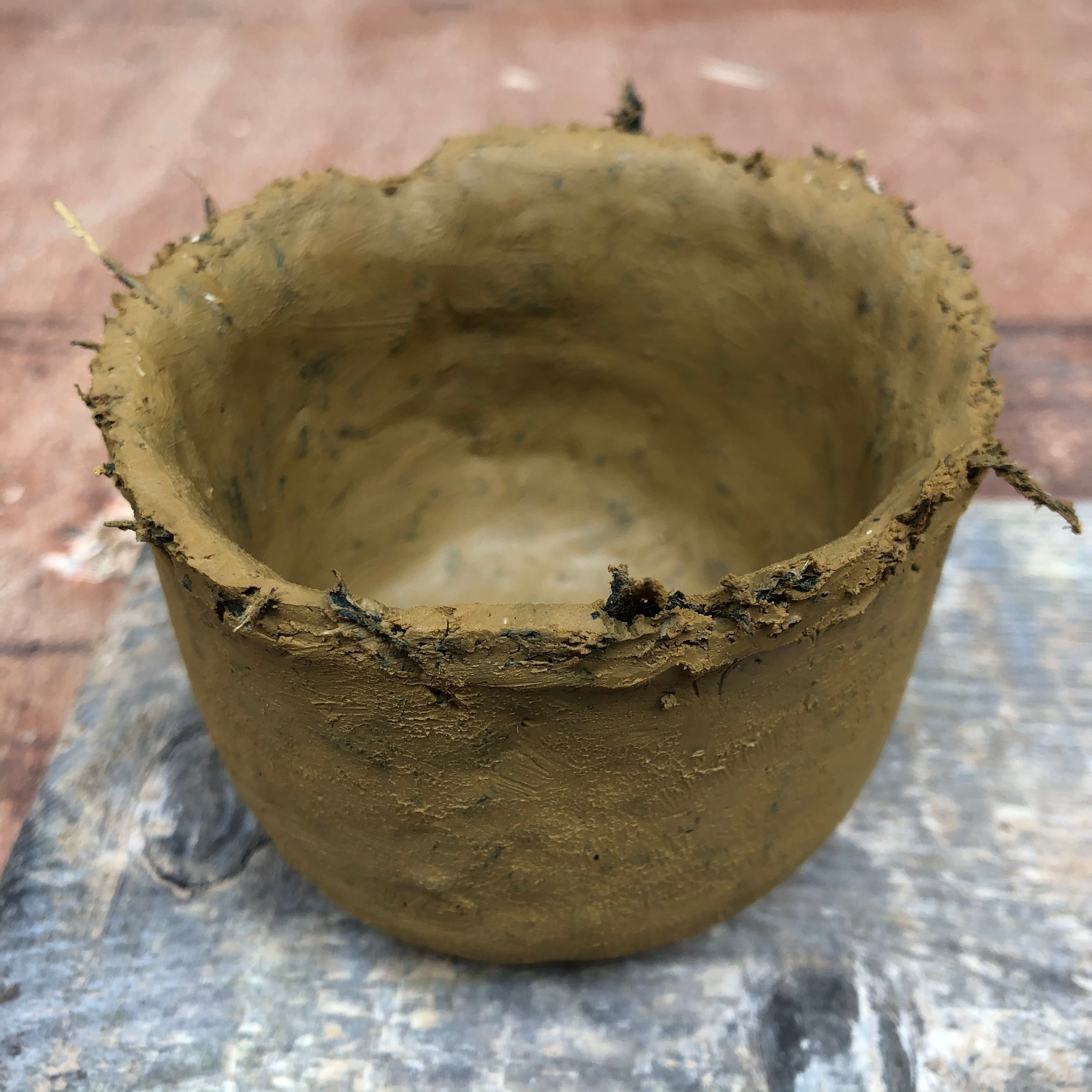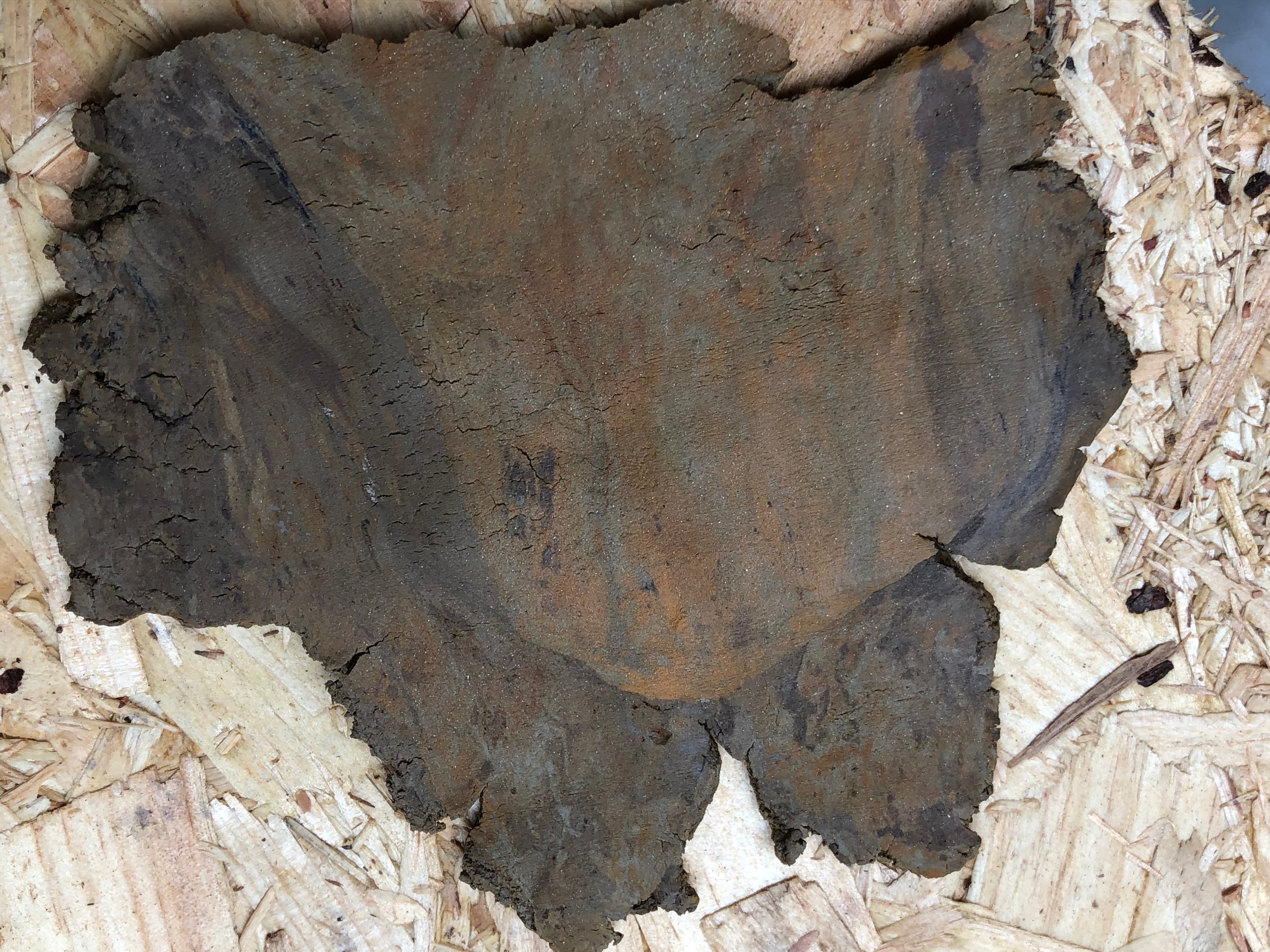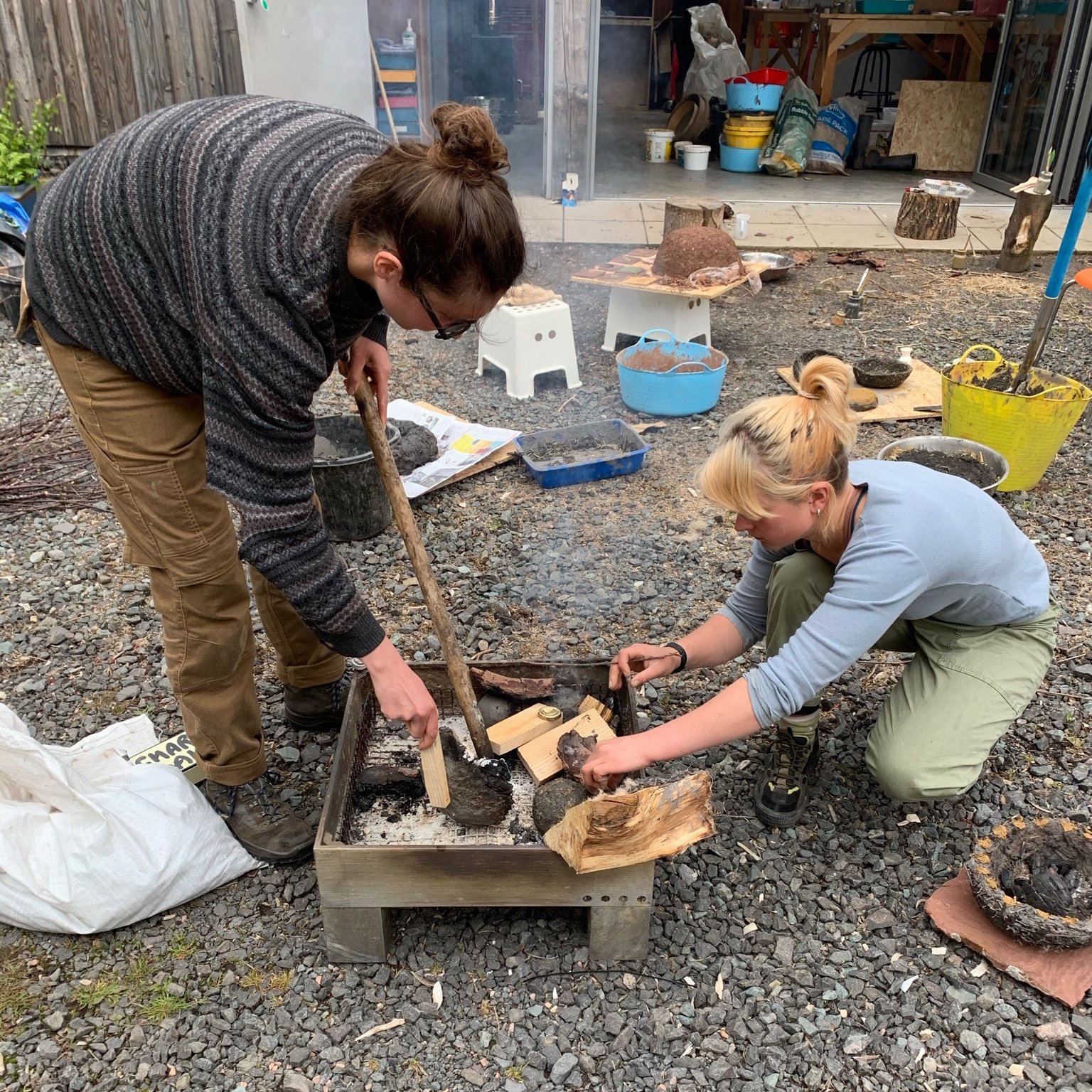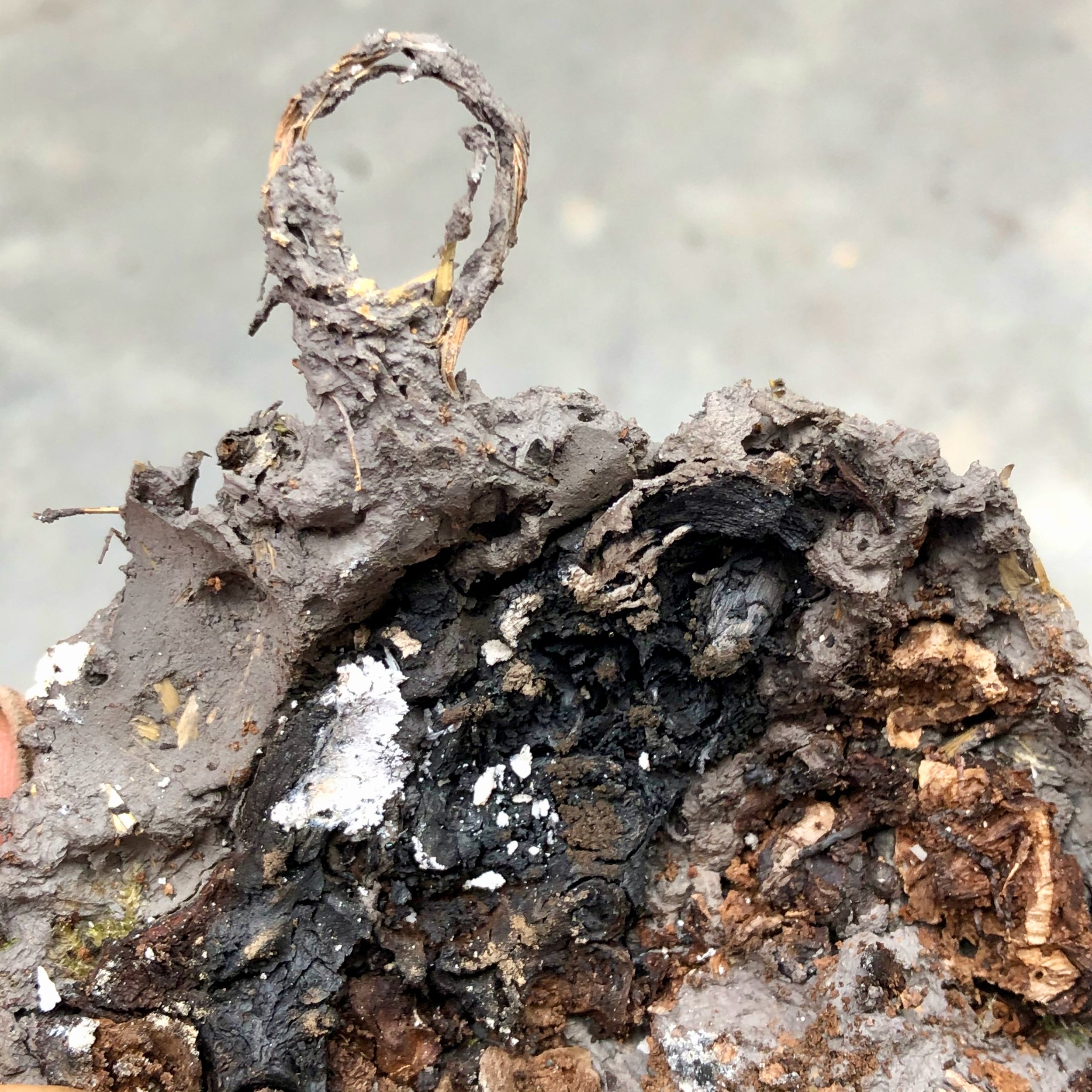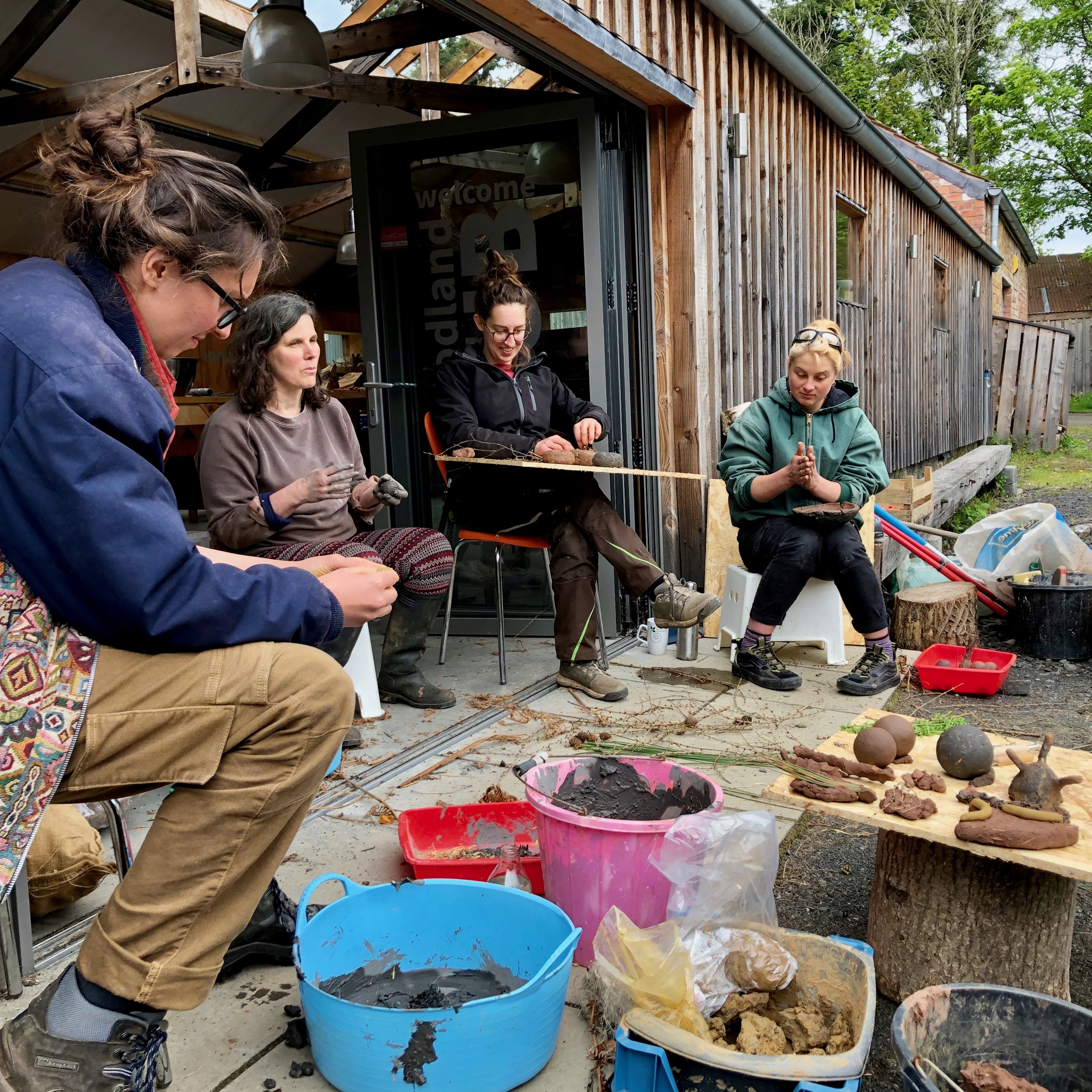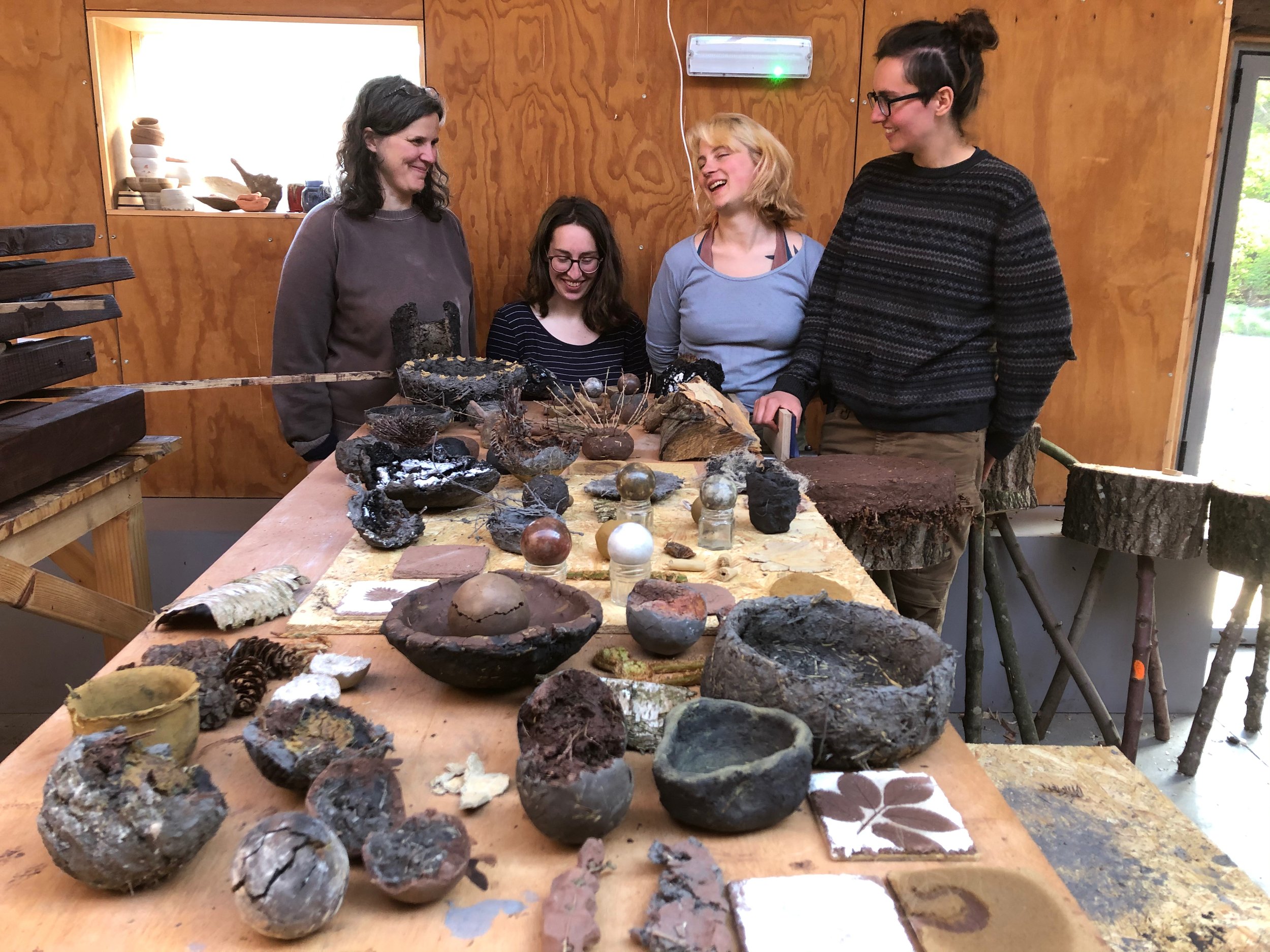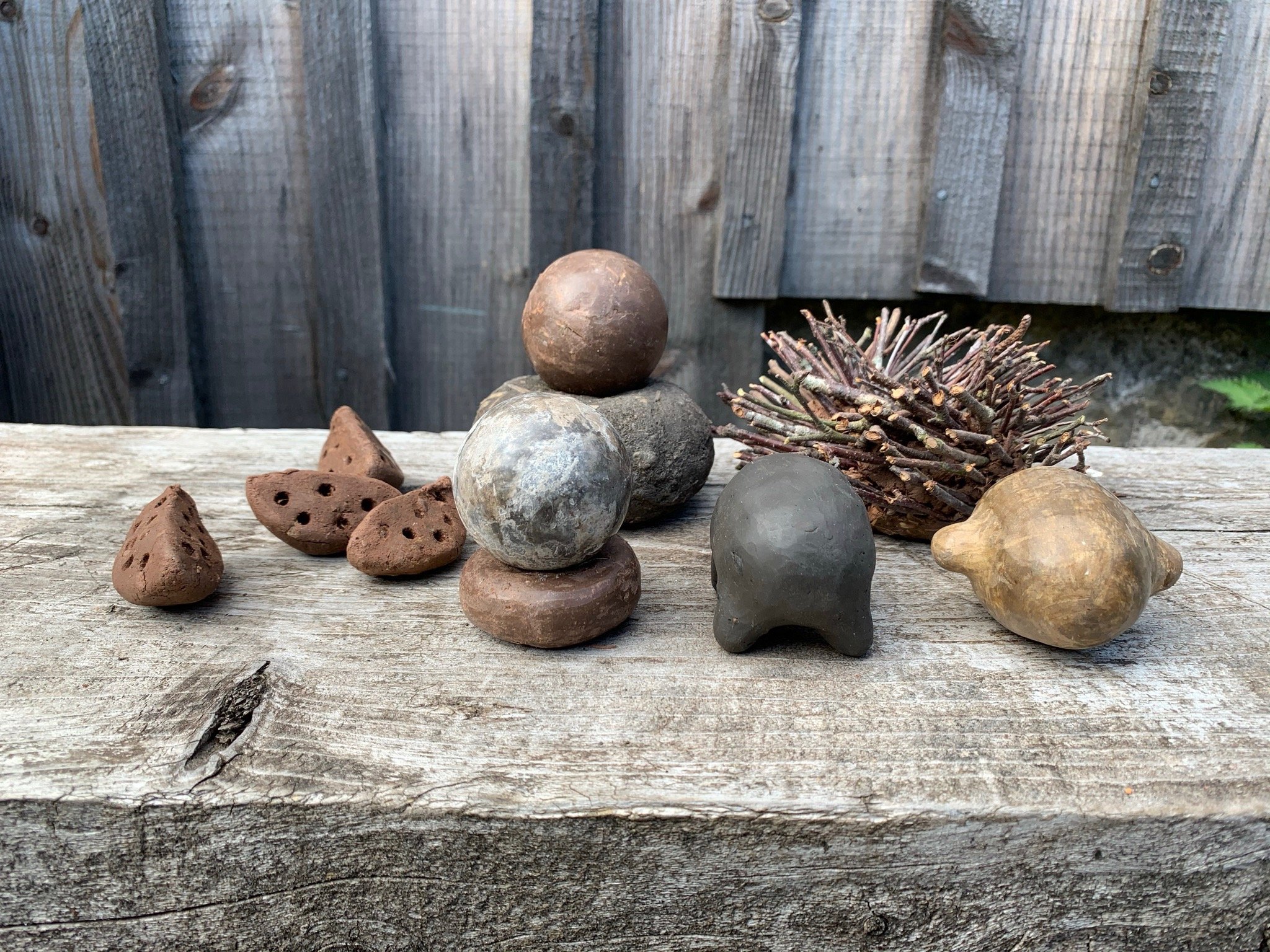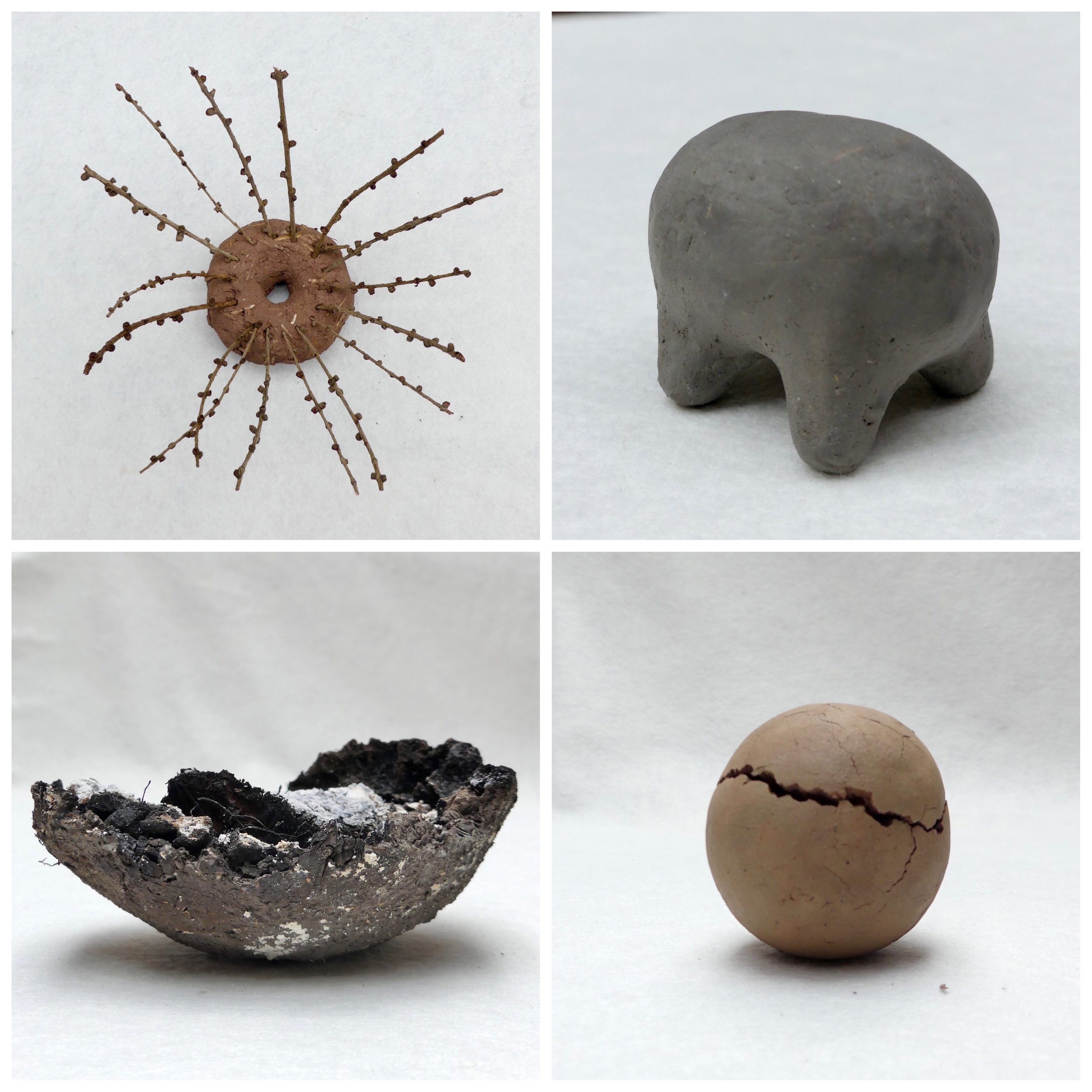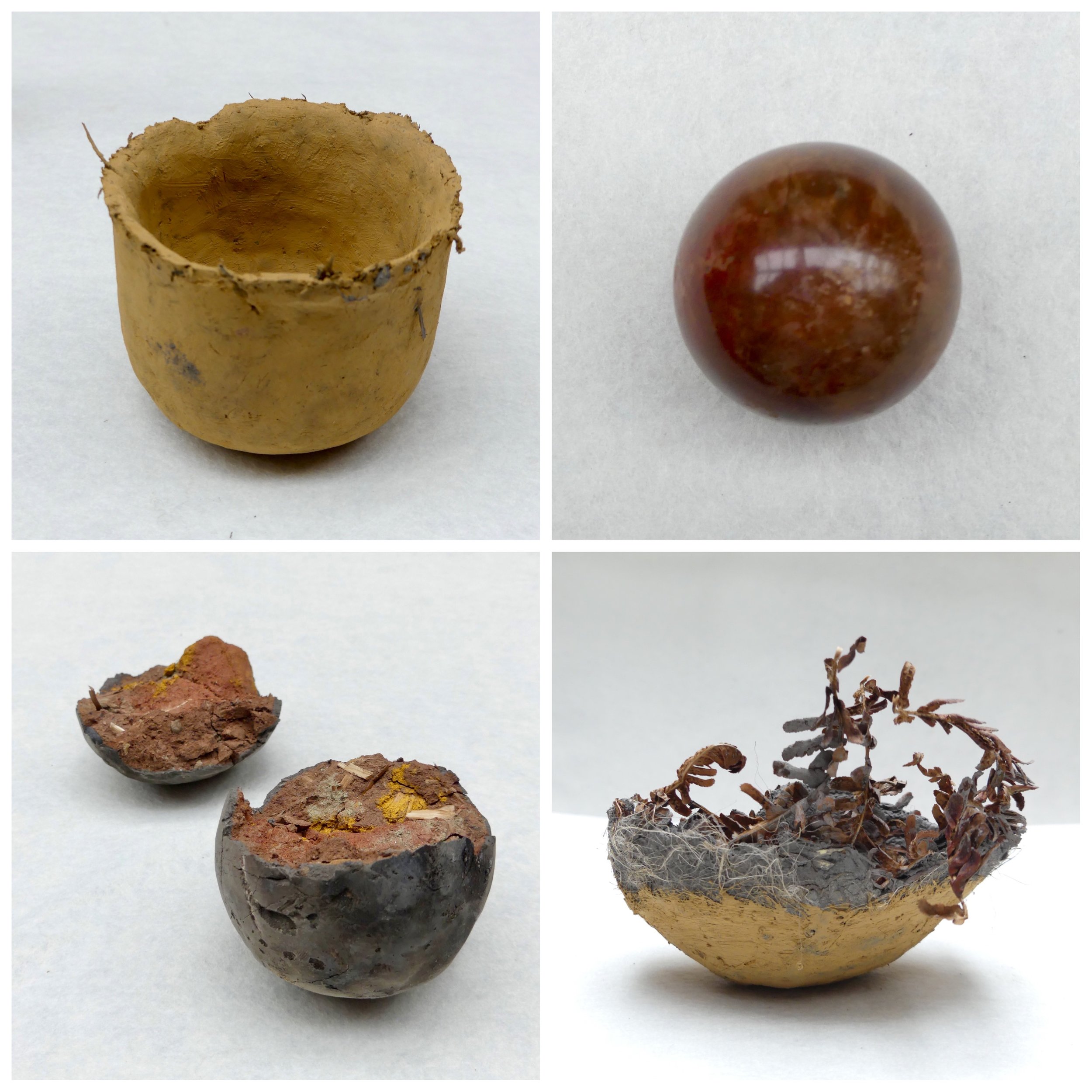TransFORMation
“Nature is ever at work building and pulling down, creating and destroying, keeping everything whirling and flowing, allowing no rest but in rhythmic motion, chasing everything in endless song out of one beautiful form into another” John Muir
In spring this year as lockdown eased and we began to emerge like moles blinking into sunlight, I was delighted to lead a group of artists in a project working on the land and with the land in Fife. Part of a larger narrative around Folk, Work and Place on Falkland Estate, TransFORMation is a hands-on exploration of what it means to be creative and transformative with people and planet. It draws on the past, inspired by heritage and tradition, but also seeks to innovate from this inheritance to shape a healthier future. At it’s heart is a conversation about creativity and sustainability grounded in a longing for connection and communion with nature and each other.
I hope to convey my experience of this moving project through the words of the artists and in the assemblage of objects made. It happened over a few brief days of spring, but it’s impact seems to reverberate and resonate into a much wider field of learning and creativity.
Beginning with Trust
We began our work online with ice breaking and open space thinking. Allowing ideas to bubble up and relationships to develop. This safe and welcoming virtual space enabled trust to develop and creativity to flow. Like digital gardeners, we lay down rich compost and healthy roots that could flourish when we gathered together for a few days on the land.
“Last weekend we dug, foraged, mixed, shaped, sculpted, plastered and polished using soil and plants. It was exciting to see the ways the group responded to the diversity in nature..... skills and senses buried deep within us but resurfacing with ease and flow in a supportive and playful approach based on process rather than outcome” Becky Little, lead artist.
The importance of process and experimentation
Our making days were immersive and intuitive, guided by the question “What happens if.........?”. We worked primarily with wild clay dug from the land and natural fibres including straws, grasses, twigs and seeds, woven as structures, mixed with soil and water in forms, or applied to clay surfaces for printing and texture. We held onto the idea of a creative laboratory where we would “follow the juice” and answer questions with experiments and playful enquiry.
“I love this method of working. There is no wrong. No pressure. It is open and free. It allows people to follow their passions and interests. When I work like this I feel more connected to how I think people must have used to live........how people discovered all sorts of great things. Doing and observing and experimenting………it allows you to learn and understand materials and techniques more. If I could I would always choose to work like this, I think it is much better for people’s mental health!” Laura Jaap, artist
Context is all
The methods we adopted, by instinct or inspiration, were derived mainly from earth building, ceramics, basketry and textiles, many dating back to the Mesolithic. We harvested a rich seam of craft traditions while inventing artistry with soil and plants. Diversity in nature is vast and our responses, both sensory and sensitive, embraced this opportunity to be innovative with materials. Some of us became fascinated by the rich stories and mythology of Falkland while others took a more other worldly view in our manipulations and manifestations.
“I find the making process of art an intriguing aspect of contextualisation ........ I believe that the history and matter of the materials used hold a lot of meaning and together with the process of how it's made; an object can emit an active story to whoever experiences it”
Lola Morgan, artist.
The role of gender – challenging stereotypes and finding balance
We did not plan to be a women-only group but we enjoyed the closeness and connection this entailed. We also identified with the malleable and bio-degradable materials belonging to a more hidden and domestic side of life, a part of “his-story” often lost from view. We tend to revere and remember status symbols and tokens of power rather than materials or objects that melt back into the landscape.
“The dynamic of five women working with raw materials felt fresh, something I haven't done in a long time. I felt a lack of a competitive vibe, which was nice, and without being cheesy, an element of sisterhood, as we naturally fell into a rhythm of sharing ideas, watching another's process and then building on it and bringing it back to the group. There was an air of generosity which I found extremely valuable.” Lotte, artist/maker
What it means to be human - Identity and belonging
While making with soft natural materials gave us an insight into inequalities and imbalances alive today, to some extent the material in our hands is the ultimate leveller. We come from earth and we will return to it when we are done. Taking a piece of wild clay we can transform it into many beautiful things and leave our trace in the making. We are both part of the process and part of the object, inseparable in the moment of creation and merged in the process of decomposition. Once again the materials create a portal to explore a rich story of who we are and where we are going.
“........that's where the healing is or the movement toward wholeness. It's in the interaction in community. The final products were lovely to see and touch, but the dynamic experience of collectively working on process has made me think even more deeply about how creativity and its process interacts with the mind, body, and soul.” Nicky Wilkins, artist
Healing - The path to reconnection and reconciliation
At a time of climate stress and human suffering many of us are seeking ways to connect and recover. TransFORMation did not set out to be a vehicle for healing or recovery but it inevitably explores therapeutic themes including nature connection, community and mindfulness while encouraging a holistic view of art and life. When we create with natural materials we are acutely aware that we are nature, not separate or removed, and that the stuff in our hands is no longer a resource but a precious gift we can borrow, re-use or return without harm or, even better, with the potential to regenerate, rewild and recover the land and ourselves.
“I like the word, reconnection. How can the land teach us? How can the land dream us into being? I think that in order to reconnect, we have to build a relationship with the land, work with it, create with it, freely and openly. Giving people the chance to work with the plants and earth in this way, create the base for any reconciliation work to happen” Nicki Wilkins, artist
Endings or beginnings
Our time together during this first phase of TransFORMation (I hope there will be many more) was brief but impactful for all of us. From a practical hands-on approach we found a way to harvest a rich world of magic and metaphor and begin to understand what it means to be human within rather than without our natural world. I hope it might inspire others to join us on this journey of creating and exploring with earth and plants.
“My role is with my hands in the earth, to explore the elements in relation to sustainability. These cycles and circles give us a glorious sense of time unfolding, from geological processes over millions of years to small transformations of earth round a fire. And with all of that comes community and co-operation, stories emerge as we work and create together. Communication and connection made easier (for me anyhow) when we are working with our hands as well as our and heads and our hearts” Becky Little, lead artist.
TransFORMation 2021 was supported by the Scottish Universitives Insight Institute with Falkland Estate.
The artists were Becky Little, Laura Jaap, Lola Morgan, Lotte and Nicki Wilkins.
Photos by Becky Little, Lotte, Laura Jaap and Tom at Arc Architects.
